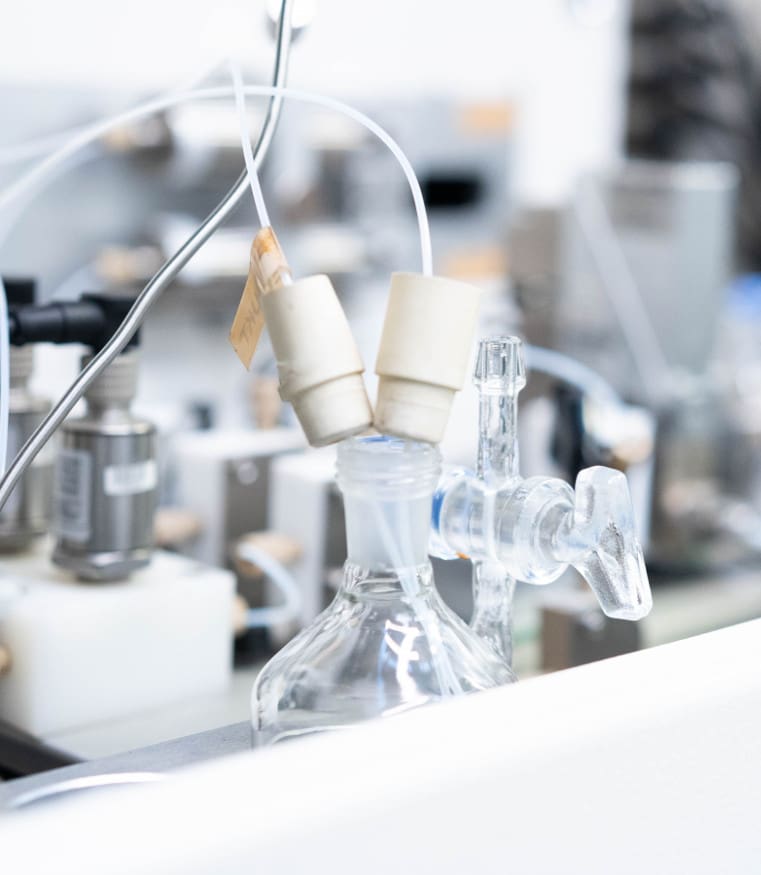Introduction: Photochemical Catalytic Processes
Chemists have been fascinated by visible light since the early days of organic synthesis. (1,2) After all, light offers the ideal form of (renewable) energy, making photochemistry intrinsically connected to sustainability. (3,4) But chemists were also attracted by the synthetic potential of photochemistry, which can unlock unique reaction pathways unavailable to conventional ground-state reactivity. This is because the chemical reactivity of excited molecules fundamentally differs from that in the ground state. (5) However, until recently, photochemistry was a specialized area with limited practical applications. The widespread development of general photochemical reactions was hampered by the need for specialized, high-energy light apparatuses and by the scattered absorption properties of organic molecules. In the past decade, the situation has changed dramatically thanks to the advent of photoredox catalysis. (6) This fast-growing area of synthetic chemistry exploits the ability of light-absorbing metal or organic catalysts to harness visible-light energy in order to accelerate chemical processes. For example, the photoexcited catalyst can facilitate access to highly reactive radicals under mild conditions upon activation of substrates using different mechanisms, including energy transfer, photoinduced electron transfer, and atom transfer. The interest in photoredox catalysis also triggered innovation in photocatalysis, where light is directly harvested by a catalytic intermediate (direct excitation) to promote unusual reactivity manifolds.

Melchiorre, P.
Chem. Rev. 2022, 122 (2), 1483–1484
DOI:
10.1021/acs.chemrev.1c00993

Let's create a brighter future
Join our team to work with renowned researchers, tackle groundbreaking
projects and contribute to meaningful scientific advancements



















